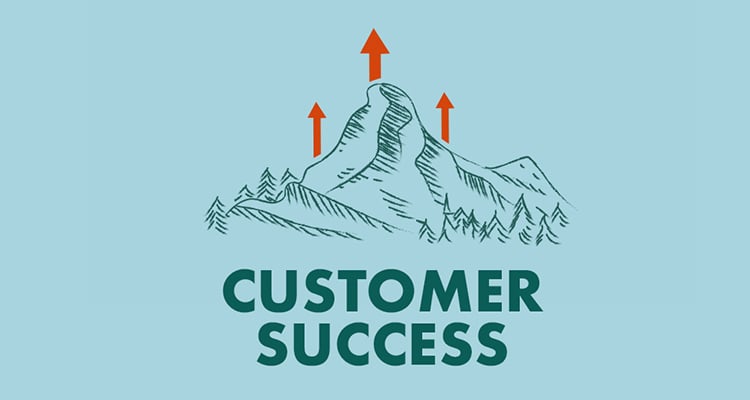
Smart businesses know that customer success is a key component of their marketing strategy. This is because customer success helps you not only retain customers but also close more sales and generate more revenue from your existing customers. In this article, we’ll explore how you can use customer success to increase your revenue and build relationships with your audience:
Understand how to acquire customers
The first step to understanding your customer is understanding the customer journey. The customer journey is the process a person takes from being a stranger to becoming loyal, paying customer for your company.
The second key component of the customer journey is understanding the pain points of each stage in their lifecycle. Every person will have different goals and motivations throughout the buying process, but there are some common pain points that most customers will experience at one point or another during this process. It’s important to understand these pain points because they can help you create better content, identify where in your sales funnel you might be losing users or leads due to friction caused by lack of information—or even just tell you if something isn’t working well enough when users don’t come back again after visiting once before making their purchase decision.
Ensure your customers are achieving success
Customer success is the process of helping your customers achieve their goals, and it’s something that every business should be doing. It is about helping your customers succeed in their journey with you, so their experience with you is positive and they feel like they got what they paid for.
For example, if you’re selling a SaaS product, then customer success means that the customer has successfully set up their account and started using it. If you’re selling a physical good, then customer success may mean that the purchase has been shipped or fulfilled in some way.
Identify strategies for retention
This is the single most important factor in generating revenue in your business. The best way to increase your customer retention rate is through customer success, but it’s not always as straightforward as it seems.
Customer success is all about helping customers solve problems and achieve their goals. It’s not just about resolving issues—it can also mean providing training that helps customers use your product more effectively and efficiently, or giving them advice on how to optimize their workflow within your product. By doing this, you’re building trust between you and your customers, which creates a stronger relationship between you both and increases the likelihood that they’ll remain loyal to you for the long term.
Customer retention strategies are essential if you want to keep people engaged with whatever products or services your company provides. But there are many different ways of performing this task: some companies focus on improving relationships between employees and clients; others try their hardest not only at keeping customers happy but also at making sure those same people stay active users over time.
A driver of revenue growth and customer loyalty
Customer success is a driver of revenue growth and customer loyalty. It’s an investment in the future, and a smart one at that: companies that invest more in customer success can increase their net margins by up to 20%. Customer loyalty comes from increased customer satisfaction, which can be measured through Net Promoter Score (NPS), churn rate, or other metrics. More satisfied customers don’t leave as often due to better product support and less hassle during onboarding. They’ll also tell their friends about you—referrals are hugely important for SaaS companies.
Conclusion
Customer success is known as the “new marketing,” —and it’s true. With the right tools and processes in place, customer success teams can help create long-term relationships between brands and customers based on trust rather than just sales calls or campaigns that offer discounts on services you might not fully understand.